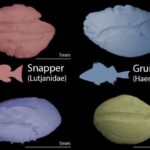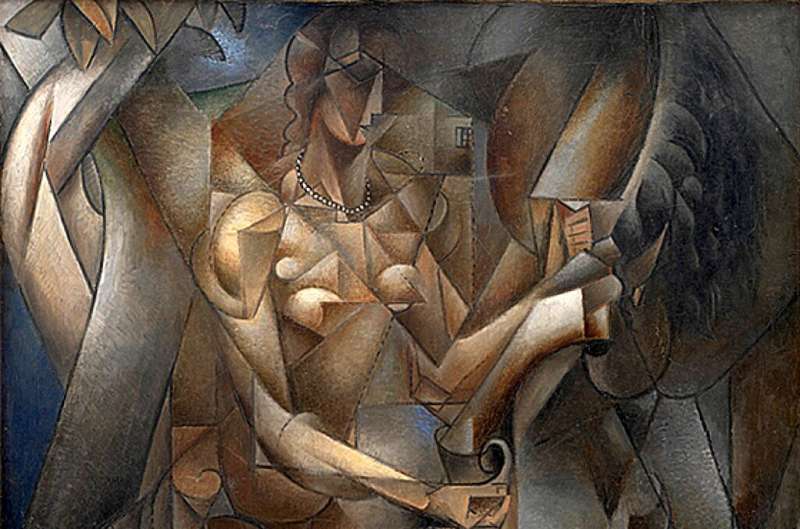In a groundbreaking Perspective published in PNAS Nexus on July 1, 2025, Julio M. Ottino, a renowned researcher, delves into the intricate layers of creativity and proposes a new benchmark for its highest level. Ottino distinguishes between various classes of creativity, highlighting the concept of “break-with” innovation—a transformative leap that completely overhauls existing paradigms. This exploration comes at a time when artificial intelligence (AI) is increasingly being integrated across disciplines, prompting questions about its capacity for such revolutionary creativity.
Ottino’s analysis categorizes creativity into combinative and transformative types. While combinative creativity involves the synthesis of existing elements to forge new solutions, transformative creativity paves the way for entirely new frameworks. However, Ottino argues that “break-with” creativity transcends even these breakthroughs, representing a conceptual advance that dismantles previous worldviews and establishes a new order. Historical examples of such advances include quantum mechanics in physics and cubism in visual art.
The Role of AI in Creative Processes
As AI technologies continue to evolve, their role in creative processes has garnered significant attention. Ottino notes that while AI excels in combinatorial creativity, its ability to achieve transformational creativity remains limited. This limitation stems from AI’s heavy reliance on existing training data, which constrains its potential to generate solutions that embody a true “break-with” the past.
Large language models, for instance, are adept at generating content by recombining existing information, but they often fall short of producing groundbreaking innovations. Ottino’s insights suggest that while AI can assist in creative endeavors, its current capabilities may not yet rival the transformative leaps achieved by human intellect.
Historical Parallels and Case Studies
To illustrate the concept of “break-with” creativity, Ottino presents case studies of historical figures renowned for their creative fluidity. These include:
- Filippo Brunelleschi: A 15th-century architect and engineer known for pioneering linear perspective in art.
- Galileo Galilei: A 17th-century astronomer and artist who revolutionized our understanding of the cosmos.
- Louis Pasteur: A 19th-century scientist and lithographer who made groundbreaking advances in microbiology.
- Jules Henri Poincaré: An early 20th-century mathematician and essayist who contributed to the development of chaos theory.
- Santiago Ramón y Cajal: A neuroscientist and artist whose work laid the foundation for modern neuroscience.
- Niels Bohr: A physicist and art explainer who played a pivotal role in the development of quantum theory.
These figures exemplify the capacity for creative leaps that redefine entire fields, underscoring the challenge AI faces in replicating such transformative innovation.
Implications for Future Research and Development
The exploration of AI’s potential for transformative creativity has profound implications for future research and development. As AI continues to integrate into various sectors, understanding its limitations and capabilities becomes crucial. Ottino’s work suggests that while AI can enhance creative processes, human ingenuity remains indispensable for achieving “break-with” innovations.
Looking ahead, researchers and developers may focus on enhancing AI’s ability to simulate human-like creativity by incorporating more diverse datasets and developing algorithms that mimic the cognitive processes underlying transformative creativity. This could potentially bridge the gap between AI’s current capabilities and the elusive “break-with” innovations that have historically reshaped entire disciplines.
“Although AI excels in combinatorial creativity, its reliance on training data may limit its ability to come up with solutions that represent a true break with the past.” – Julio M. Ottino
As the dialogue around AI and creativity continues to evolve, Ottino’s insights provide a valuable framework for assessing the future of innovation across disciplines. The challenge remains to harness AI’s potential while acknowledging the irreplaceable role of human creativity in driving transformative change.
 Offshore Wind in the Mediterranean: Balancing Renewable Energy and Biodiversity
Offshore Wind in the Mediterranean: Balancing Renewable Energy and Biodiversity Southern Sky Offers Rare View of Two Exploding Stars
Southern Sky Offers Rare View of Two Exploding Stars Senate Approves Sweeping Domestic Policy Bill Amid Intense Debate
Senate Approves Sweeping Domestic Policy Bill Amid Intense Debate Former Congressman Warns Against USAID Cuts: A Gift to America’s Adversaries
Former Congressman Warns Against USAID Cuts: A Gift to America’s Adversaries Ancient Reefs Uncover Human Impact on Caribbean Marine Life
Ancient Reefs Uncover Human Impact on Caribbean Marine Life